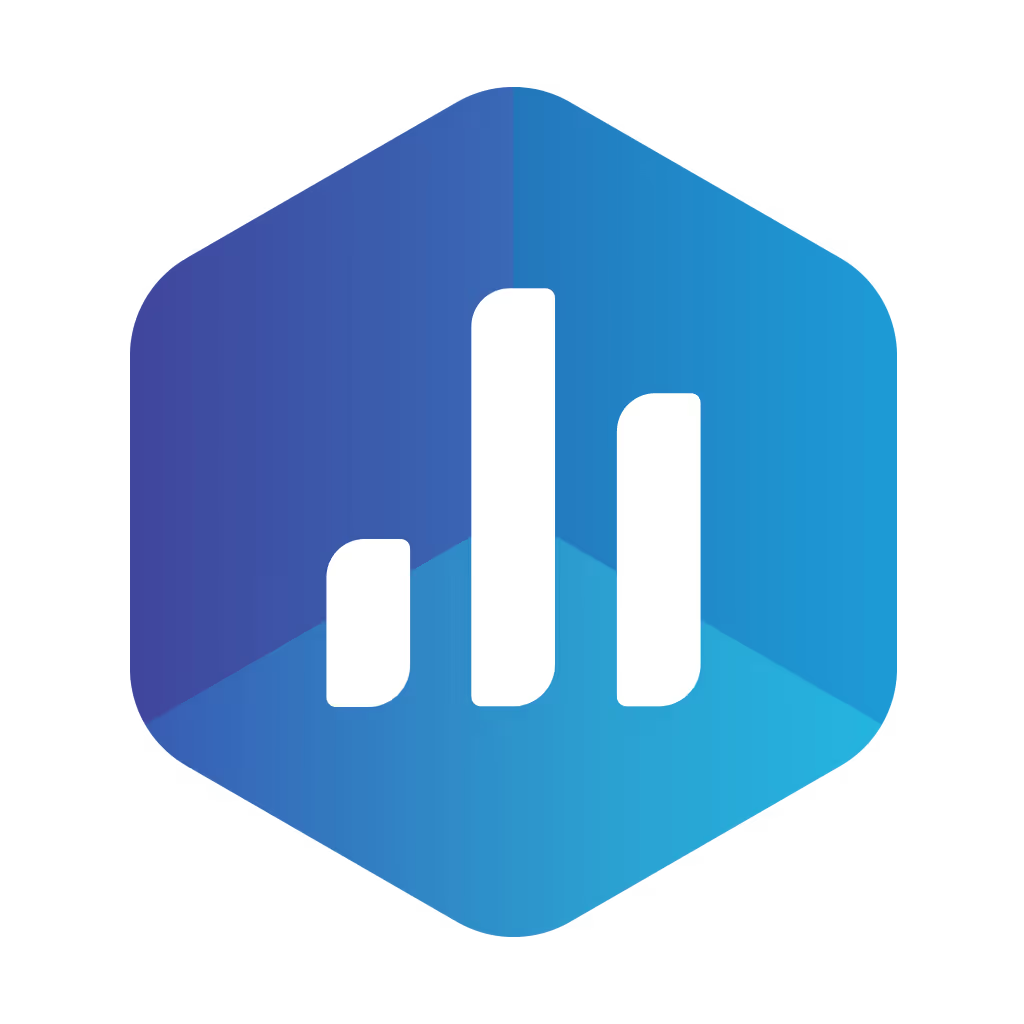What is postal mail outreach?
Postal mail outreach is sending physical mail like letters or postcards to engage customers and prospects.
What can postal mail outreach do?
It helps boost response rates, increase brand awareness, and create personal connections with recipients.
How does postal mail outreach work?
You design a message, select your audience, and send mail through postal services to trigger responses.
Is postal mail outreach easy to set up?
Yes, most tools offer simple templates and audience targeting, making setup fast and straightforward.
Is postal mail outreach free?
No, postal mail outreach involves costs like printing, postage, and sometimes platform fees.
What is the common postal mail outreach pricing?
Costs typically range from $0.50 to $3.00 per piece, including printing and postage.
What are the types of postal mail outreach?
Common types include postcards, letters, brochures, and dimensional mail like boxes or samples.
Does postal mail outreach work with email?
Yes, it can complement email campaigns for multi-channel engagement and better responses.
What are the best postal mail outreach tools?
Popular tools include Lob, Postalytics, Inkit, Click2Mail, and Postable for easy mail automation.
What are common postal mail outreach integrations?
Integrations often include CRM, marketing automation, API access, and address verification services.

















